News Stories
Mailing List
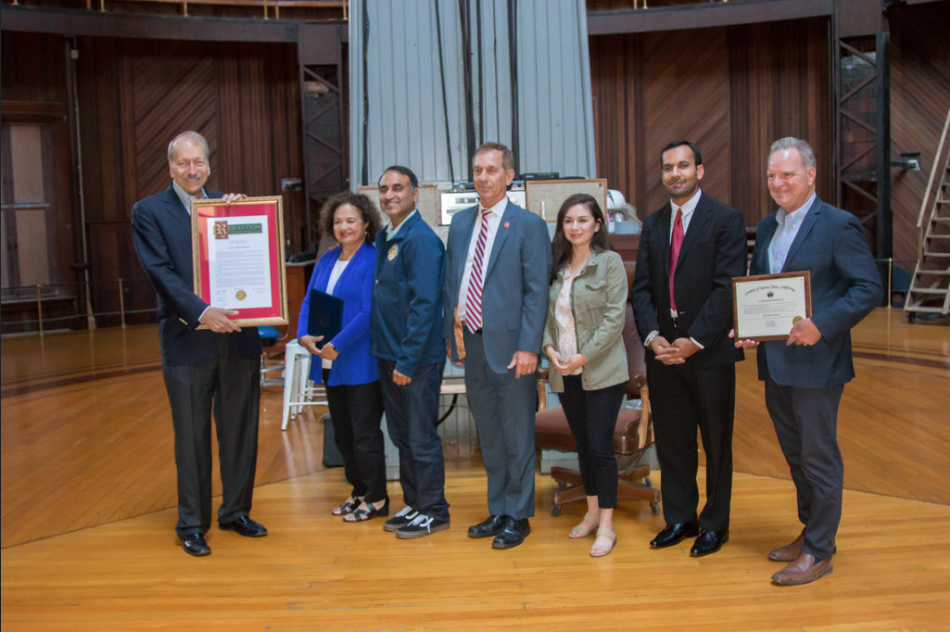
"Campus, Silicon Valley leaders celebrate Lick Observatory’s 130th anniversary "
- July 24, 2018
UC Santa Cruz and Silicon Valley leaders on Monday marked the 130th anniversary of Lick Observatory, which has been at the forefront of astronomical research since 1888.
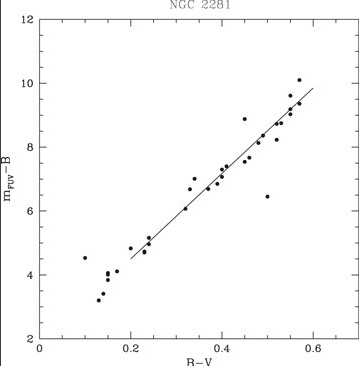
Far Ultraviolet Photometry of F and G Dwarfs in the Hyades, Coma Berenices, and NGC 2281 Open Clusters as Obtained by GALEX
- July 9, 2018
A two-color diagram formed from GALEX FUV and Johnson BV photometry is presented for F and early G dwarfs in three open clusters: the Hyades, Coma Berenices, and NGC 2281. Denoted as (m FUV − B) versus B − V, the position of dwarf stars in such a diagram has been shown by previous work to vary with the level of chromospheric and coronal activity.

"Mountains I Have Known: a Photographic Journey through Art, Astronomy and Place"
- July 9, 2018
Laurie Hatch will take you on an insider's photo tour of Lick Observatory on Mount Hamilton and W. M. Keck Observatory on Maunakea. You'll also visit the Eastern Sierra's Alabama Hills, and nearby Mount Whitney where early Lick Observatory astronomers made definitive studies of the Martian atmosphere. The talk includes behind-the-scenes material and references which will interest astronomy buffs and photographers alike.
Tickets on sale starting April 18th, 2018
- March 22, 2018
This year, tickets for the general public will go on sale on Wednesday, April 18th at noon through www.ucsctickets.com -- we offer tickets for the popular Summer Series ("Music of the Spheres" and "Evening with the Stars") and for the new Public Evening Tours. Support the observatory AND get early access to our ticket pre-sale for Friends of Lick Observatory on April 11th at noon by joining FoLO before April 1st, 2018..
Video courtesy of ABC7 Bay Area News
Storm dumps fresh snow above the South Bay
- February 26, 2018
The cold blast that came through the Bay Area Monday morning brought snow to the South Bay. Mount Hamilton received several inches of snow. Those who live up on the mountain work at the observatory and for the most part, were the only ones able to enjoy the view. About 3 inches of snow fell, which made State Route 130 slippery.
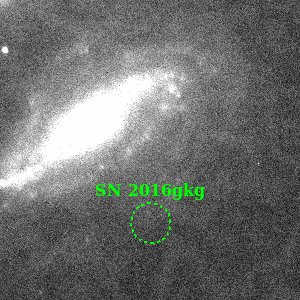
Animated GIF of images from Lick/KAIT observations of SN 2016gkg. Credit: WeiKang Zheng and Alex Filippenko (UC Berkeley).
Amateur astronomer captures rare first light from massive exploding star
- February 21, 2018
Filippenko and his colleagues obtained a series of seven spectra, where the light is broken up into its component colors, as in a rainbow, with the Shane 3-meter telescope at the University of California’s Lick Observatory near San Jose, California. The researchers also performed spectroscopic observations using the Low Resolution Imaging Spectrometer (LRIS) and the DEep Imaging and Multi-Object Spectrograph (DEIMOS) at W. M. Keck Observatory on Maunakea, Hawaii.

Former Lick Observatory Associate Director Xavier Prochaska receives UCSC Outstanding Faculty Award
- November 9, 2017
"Xavier has been an outstanding scholar focused on observational astronomy, a leader in the UC Observatories, an innovative and dedicated instructor of undergraduate and graduate students, and a contributor to the life of the campus through his Academic Senate service," wrote Paul Koch, dean of physical and biological sciences.

Neptune storms observed through Shane Telescope
- November 7, 2017
On the evening of 7 November 2017, a clear weather window in California's Santa Clara county allowed Lick Observatory's Shane telescope - coupled with the latest adaptive optics technology - to observe the progress of storm systems in the upper cloud decks of Neptune, nearly 3 billion miles across the Solar System. Multiple streams and hot spots are visible in both hemispheres in this raw, infra red, false color image.

Illustration by Robin Dienel courtesy of the Carnegie Institution for Science
UC astronomers first to observe merging neutron stars
- October 16, 2017
A small team of UC Santa Cruz astronomers led by UCSC Asst. Prof. Ryan Foley observed the first visible event ever linked to gravitational waves on August 17th, 2017. Foley's team captured the first images of the event, located in a galaxy 130 million light-years away called NGC 4993, with the 1-meter Swope Telescope at the Carnegie Institution's Las Campanas Observatory in Chile. Foley's team also utilizes the Anna L. Nickel telescope on Mount Hamilton.

Photo by Ilse Ungeheuer
"La Noche De Las Estrellas" at Lick Observatory
- September 6, 2017
"La Noche de las Estrellas" is a special Lick Observatory visitors night for the Spanish-speaking community. Lick Observatory hosts approximately 100 high school students and family members from five nearby High Schools (Gonzales, Soledad, Salinas, Castroville, and Watsonville). These are schools with close ties to UC Santa Cruz through the MESA program, which is one of Lick Observatory's partners in this endeavor. View the UCSC video and articles in English and Spanish.
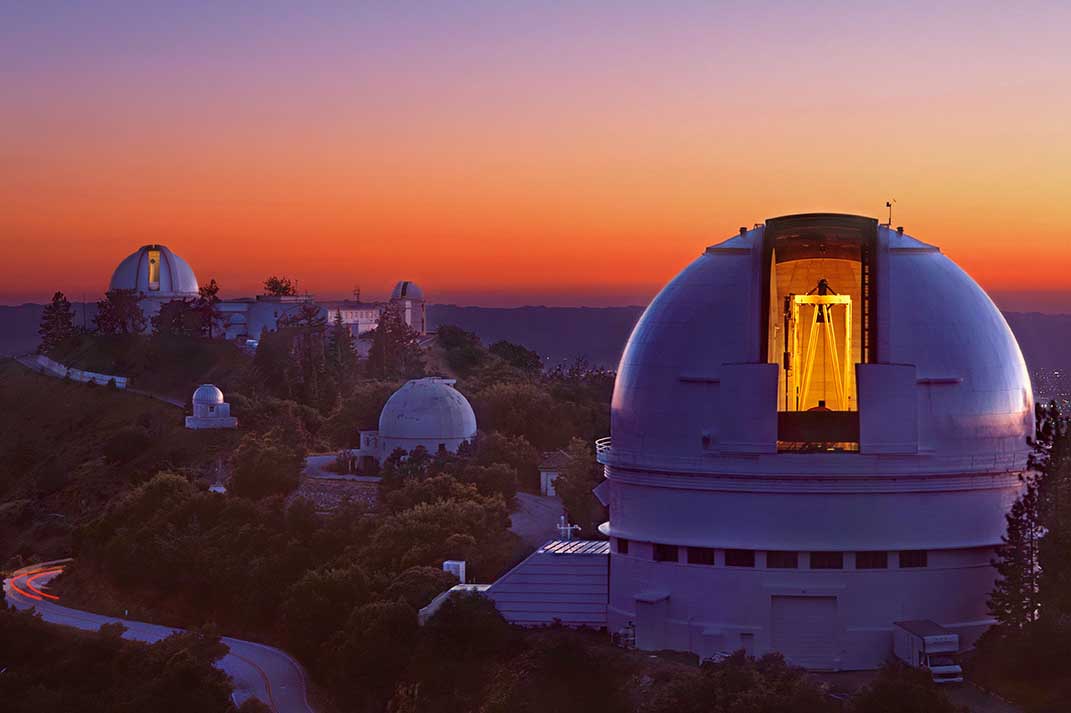
Lick Observatory at sunset, the Shane 3m telescope dome in the foreground. Photo by Laurie Hatch
Introducing new monthly Public Evening Tours of domes and telescopes at Lick Observatory
- March 15, 2017
Starting April 23, groups of up to 40 visitors will get to tour many of the domes and telescopes on Mount Hamilton. The "behind the scenes" style walking tour of Lick Observatory will start at the main building's Visitor Center at 6 p.m. An astronomer based on Mount Hamilton will be the main guide for the evening.

The exoplanet discoveries include four in Earth’s size-range orbiting a single dwarf star.
Follow-Up Of Kepler Data Yields More Than 100 Confirmed Exoplanets
- July 18, 2016
International team reports the biggest haul of new worlds yet uncovered by NASA's K2 mission, including many worlds that could potentially support life.
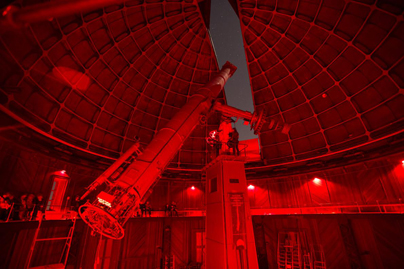
Workers prepare the telescope for night-sky viewing.
Lick Observatory Featured in National Geographic Magazine
- June 29, 2016
You won’t be able to wander freely among the giant telescopes at the Lick Observatory and tickets aren’t easy to come by for its various events, but make the trip anyway because it's worth it. Getting to the observatory, set atop Mount Hamilton, is a ride of its own and the views (particularly the sunset from behind giant, bubble-like domes) are breathtaking. Budding astronomers will like that the observatory boasts the world’s first permanently occupied mountaintop telescope.

Astronomy student Jennifer Burt.
The Sky Is No Limit For Planet-Hunting Grad Student
- June 7, 2016
Astronomy student Jennifer Burt helped write software that turned a powerful telescope at Lick Observatory into the first automated planet finder in the world.

The SanJose.org website.
Lick Observatory Makes SanJose.org's List of Things To Do in San Jose
- June 3, 2016
Sharks territory extends to the top of Mount Hamilton at the iconic Lick Observatory, where visitors can enjoy stunning views from 4,200 feet above the valley and see one of the largest refracting telescopes in the world. Discover how physicist Stephen Hawking is working with Lick Observatory on the biggest scientific search for intelligent life in the universe.

Artist's concept of planetary discoveries by NASA's Kepler space telescope.
Kepler Detects Nearly 1,300 More Planets Orbiting Distant Stars
- May 11, 2016
Astronomers monitoring the Kepler space telescope have detected nearly 1,300 planets flying in orbit around distant stars, a cosmic search that began nearly 10 years ago inside a rusty old telescope dome at the Lick Observatory atop Mount Hamilton near San Jose.
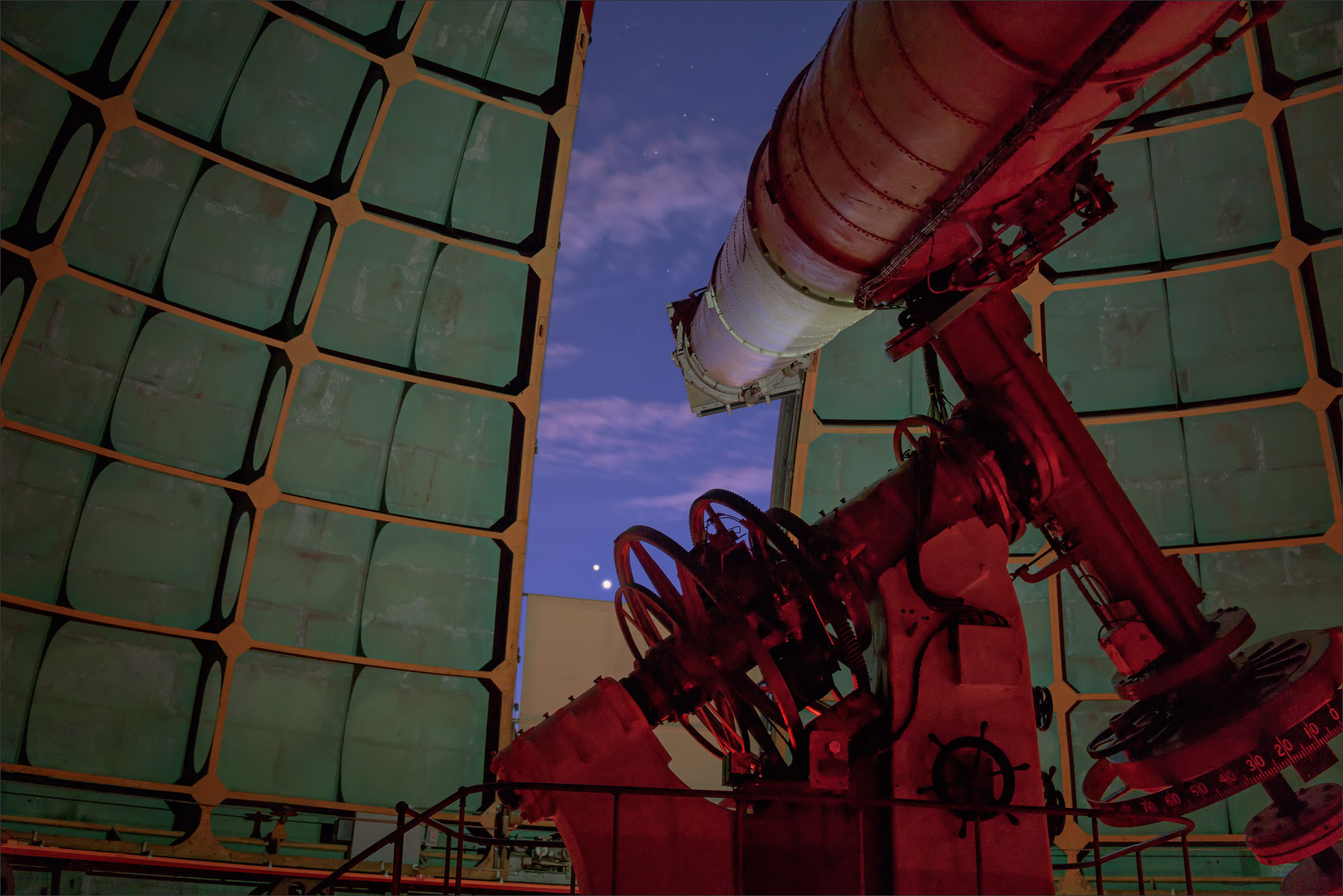
Inside the Great Refractor by Laurie Hatch.
More Concerts and Public Telescope Viewings Planned for Annual Summer Series at Lick Observatory
- April 11, 2016
Tickets for the popular Summer Series at UC’s Lick Observatory will go on sale Friday, April 8, for Friends of Lick Observatory (FoLO) members and Friday, April 15, for the general public at ucsctickets.com. The 2016 program will feature more live music, evening astronomy lectures from world-renowned astronomers, and opportunities for the public to view celestial objects through two historic telescopes.
Media Information
Media Relations
media@ucolick.org
